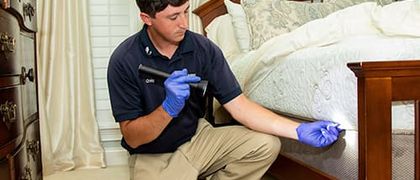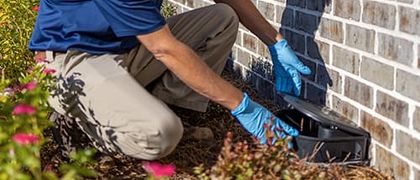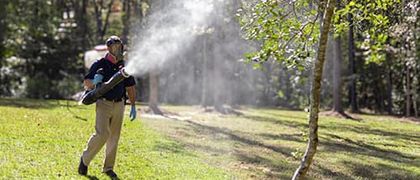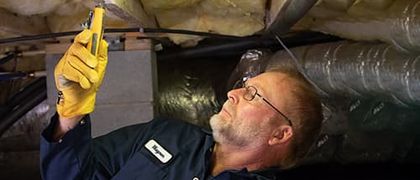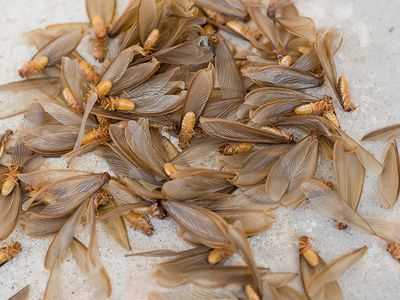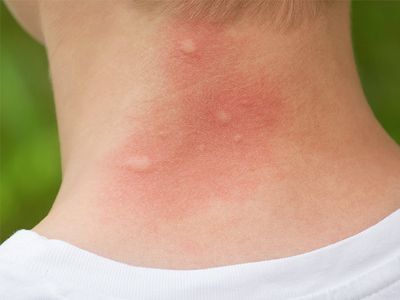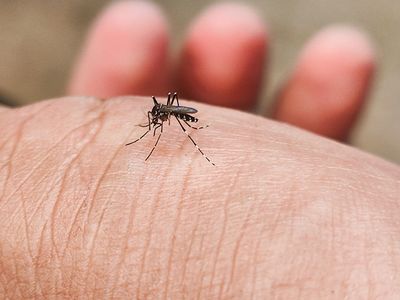What do mice look like?
From nose to tail, adult mice measure approximately 5 ½ - 7 inches in length. Their round bodies are covered in gray, brown, or black fur with cream-colored underbellies. Mice have large ears, small eyes, and pointed muzzles.
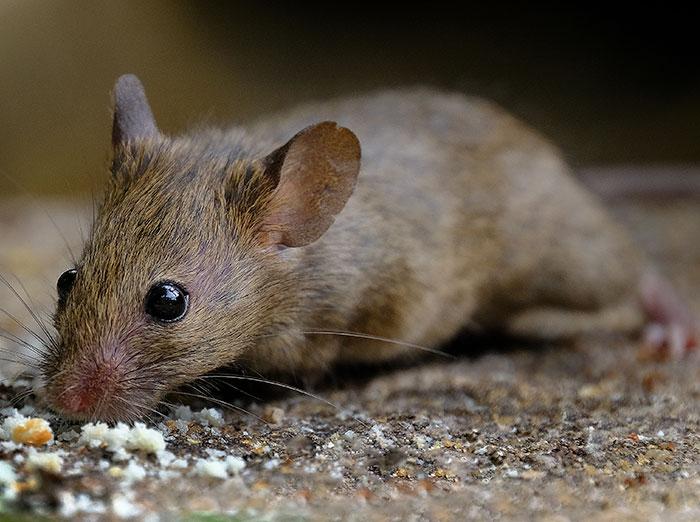
When are mice most active?
What do mice eat?
Mice are opportunistic feeders and really nothing is off limits. In the wild, they will eat plant matter, tree bark, seeds, and fruits, as well as insects. Inside homes, mice will seek out high-fat, high-protein, and high-sugar foods including meat, cereal, and other food staples.
Are mice nocturnal?
Yes, mice are primarily nocturnal, meaning they are most active between dusk and dawn. If you see mice during the day, it could be because their nest was disturbed, or it could indicate a large infestation in your home.
Are mice dangerous?
Although mice may not seem dangerous, they really are a potential threat to health and property.
Direct contact with infected mice (dead or alive) can result in illness, as can exposure to and contact with mouse feces, urine, and saliva.
As for damage, mice chew through electrical wires, pipes, drywall, flooring, plastic, and other materials, causing minor cosmetic issues to more extensive structural damage.
Mice also damage clothing and other fabrics, furniture, attic insulation, cardboard boxes, and other items stored in areas where they’re likely to nest.
What diseases do mice carry?
Mice can carry diseases such as Hantavirus, salmonellosis, and Leptospirosis.
Can mice climb?
Mice are very good climbers and are able to scale vertical walls in order to access upper levels of homes and businesses.
Where do mice nest in homes?
Inside homes, mice usually build their nests in areas where there is little to no foot traffic, this includes but is not limited to:
- Attics
- Basements
- Crawlspaces
- Storage closets
- Garages
- Wall voids
- Under or behind appliances
How do mice get inside?
Mice will exploit any crack, gap, or opening to squeeze their tiny bodies inside. Keep in mind, if you can put the eraser of a #2 pencil into a space, mice can use it as a potential entry point. Mice will also climb across tree limbs or straight up the side of the structure in order to find holes and openings higher up. It’s also entirely possibly to carry mice into your home inside items stored in sheds or other outbuildings.
Is it hard to get rid of mice on your own?
Setting up a couple of mouse traps or using a DIY mouse control product from the store may yield results… for a short time. You see, these products don’t address the root cause of the mouse problem, and will not completely eradicate the mouse population.
How do I get rid of mice?
If you’ve discovered mouse droppings in your kitchen or have noticed other signs of a mouse problem in your home, contact Harris Pest Control for effective rodent control in the Pee Dee and Grand Strand regions of South Carolina. When you reach out for help getting rid of mice, we’ll dispatch one of our highly trained and fully licensed pest control specialists to your property to perform a free pest inspection, and if pest activity is detected, develop a pest control plan specifically for your needs. You might also consider signing up for one of our year-round home pest control plans for ongoing protection against mice and other house-infesting pests.
For more information, or to schedule your free inspection, contact Harris Pest Control today!











